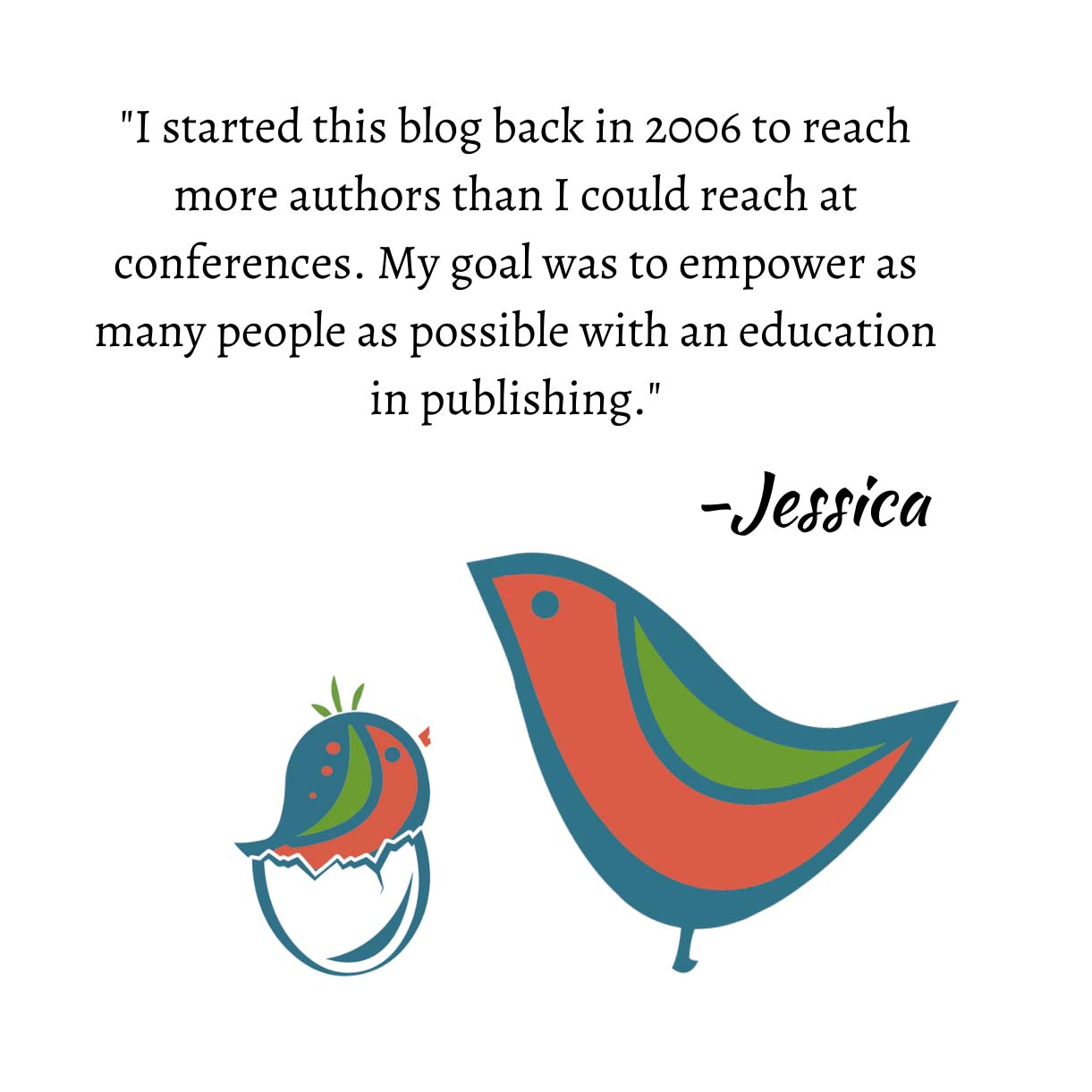Prioritizing Your Submission List
- By: Jessica Faust | Date: May 13 2015

This question came from a reader:
I was wondering your thoughts about prioritising agents for querying? I’ve got a list of agents who represent my genre. Based on the authors they represent and what I’ve read about them I have 6 of those agents at the top of my list. How should you query to give you the best chance of landing a top-of-list (TOL) agent:
- Send to your top agents first and work down?
- Send to the other agents first so you can edit your query based on the outcome of those queries before sending to your TOL agent?
- Send a mix to TOL and other agents?
I think the best people to answer this question are probably other authors. Since my submission pool (editors and publishing houses) is a lot smaller than an author’s my process is a little different. That being said, I have some thoughts.
I think you should make a list of Tier I, II and III agents. That doesn’t necessarily mean the agents themselves are better or worse than each other, but make the list based on how you think the agent will suit you. What kind of books does she represent, have you ever met her and what was your rapport like, what have you heard from others about the agent.
And then I would divide them up. If you have 15 agents on each list I would take five from each for your first round of submissions, five from each for your second round, and so on. That allows you the possibility of editing while still reaching your Tier I agents, but also gives you the opportunity to explore agents who might end up quickly moving to that Tier I slot.
I also think you set a timeline for that next round. Don’t wait until every agent from your first round responds, instead give them about 2-3 months (whatever works for you) and then send your next round. There are agents who don’t respond, those you’ll never hear from and those who are just slow. You can’t let them dictate how quickly you move.
–jhf

Jessica is correct. (She always is! LOL!) *Never* send to all your top picks at once. *Never* send all your queries to everyone at once.
I can't tell you how many people I know who sent something out with a typo. Really. I also know people who realized they had categorized their books incorrectly. I know what you're thinking – that you wouldn't do that. They didn't think so, either.
The other benefit, as the writer suggests, is that you can tweak your query. If you don't get any interest from the first batch, you have the opportunity to re-write the query. Same with the second batch. Keep honing it! I recommend sending no more than 10 at a time.
One other very helpful exercise that opened my eyes was the brainchild of Laurie Schnebly Campbell, who uses it in one of her classes. Read 10 – 20 queries in one sitting. Act like an agent. You can pick some of them but you don't have time for all of them. It will change the way you write your own query!
I thought I was the only one with this question! But of course, just like a plot, lots of other people have it running around in their head.
This is solid advice.
After several rounds of unsuccessful querying, it's hard not to jump at the first offer one gets. If all your top choices have already been queried and passed, this may result in a less than ideal author/agent collaboration. Knowing there are still top tier agents left to be queried can help a writer evaluate any offers with a clear head.
A sprinkling from each tier makes perfect sense. Interesting what you said about time frames between rounds. I hadn't thought about that, but waiting long enough for some feedback, but not so long that your query letter has cobwebs would be the mark. Thanks again for your great advice, Jessica.
Krista, I don't doubt I could send something out with an error in it, I just hope like crazy that after my zillionth read through there aren't any left!